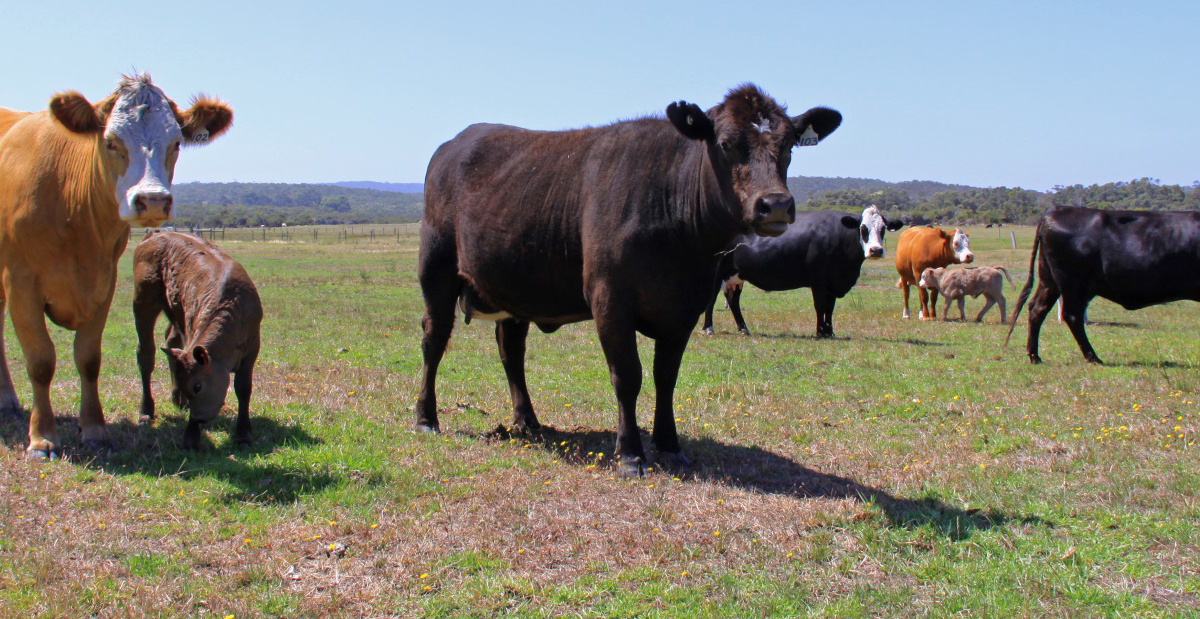The Department of Primary Industries and Regional Development is reminding southern cattle producers to watch for signs of bovine anaemia during calving.

The disease of cattle is caused by the red blood cell parasite Theileria orientalis and is spread by the bush tick (Haemaphysalis longicornis).
Department Albany field veterinary officer Andrew Larkins said bovine anaemia due to Theileria orientalis group (BATOG) could cause anaemia and abortions in cattle and death in young stock.
“If cattle are fit, healthy and in prime condition when they come into contact with BATOG for the first time, their immune system is generally able to manage it and they will show no signs of disease,” Dr Larkins said.
“BATOG will remain in their system for the rest of their life, and the chance of severe disease occurring is reduced.
“However, if cattle first come into contact with the parasite during a period of stress, they can develop severe signs of disease. Around calving time is a prime example.
“Typical signs of BATOG include pale or yellow mucous membranes, weakness, laboured breathing, death in young stock and abortion.”
Subsidies are available to producers to have private or department vets investigate possible cases of BATOG and livestock with other unusual disease signs or multiple deaths.
“Calling a vet and asking for laboratory testing ensures that you get the right diagnosis of the problem that is occurring on your farm, as the disease signs may not be caused by BATOG. BATOG can often look similar to other diseases such as milk fever and leptospirosis,” Dr Larkins said.
“Calling a vet to investigate provides data that allows the department to rule out exotic diseases that could affect WA’s ability to trade. These investigations form part of WA’s proof of freedom from exotic diseases and protect our $2 billion livestock and livestock product export market.”
Dr Larkins said it was important to note that BATOG would only become established on properties where both the parasite and bush ticks were present.
“You can check your cattle for the presence of ticks. If ticks are present in conjunction with disease signs, then call a vet,” Dr Larkins said.
“Ticks are easiest to spot on cattle in early summer, when adults may be seen under the tail head, on ears and in other folds of skin.
“Note that there is no registered treatment for BATOG in Australia and tick treatments will have no impact on BATOG.
“Identifying cases early, arranging testing with your vet and giving the affected cattle supportive care is the best option.
“If the disease is already known to be present on your property, it is important you develop a management plan with your vet.”
More information about BATOG is available on the department website at agric.wa.gov.au – search for BATOG. You can also contact your private vet or local DPIRD vet – or search ‘livestock biosecurity’ on the department website.


